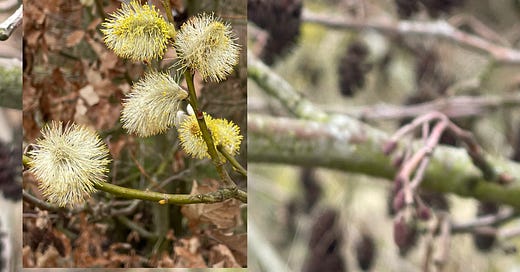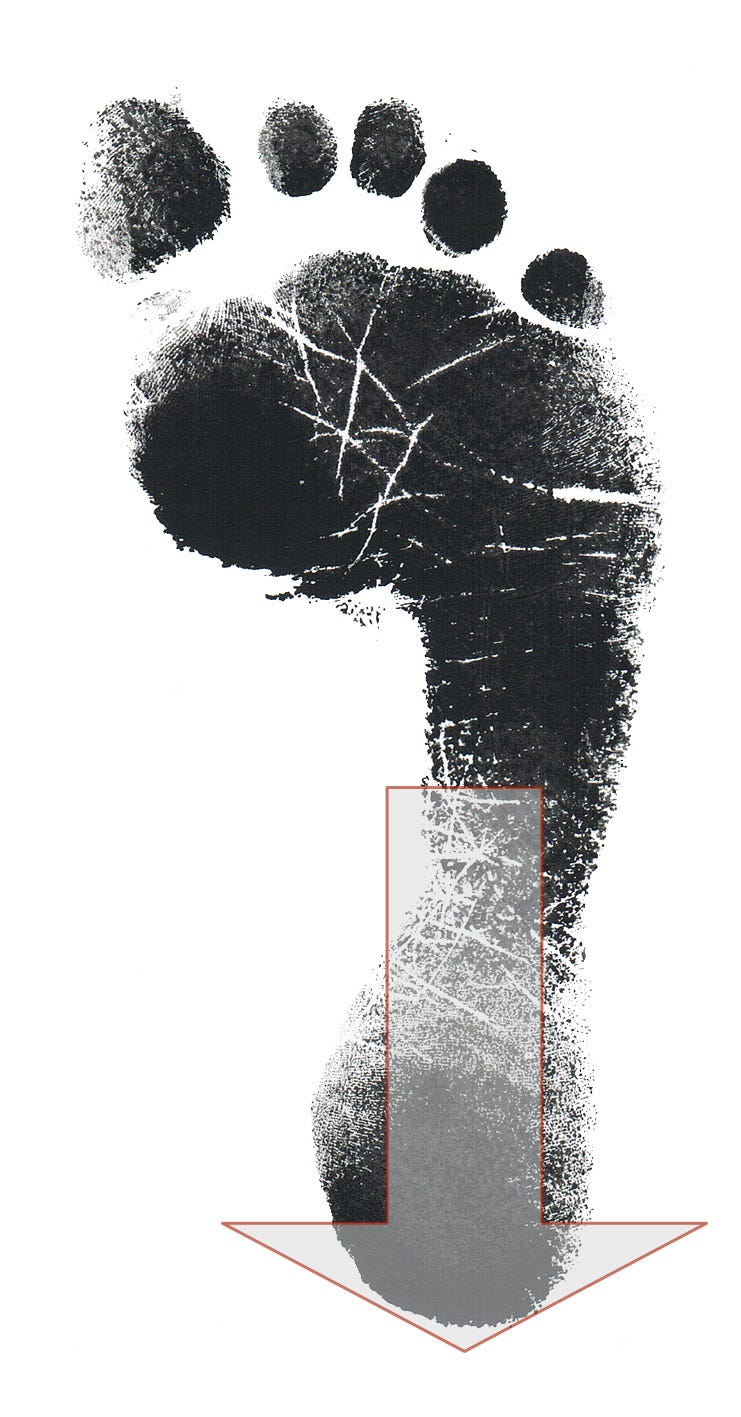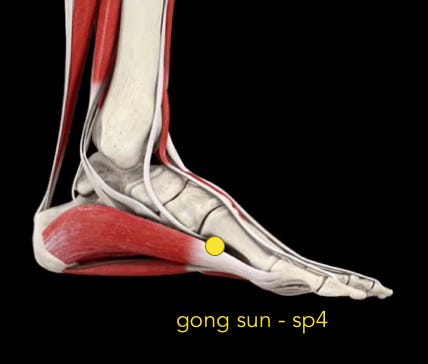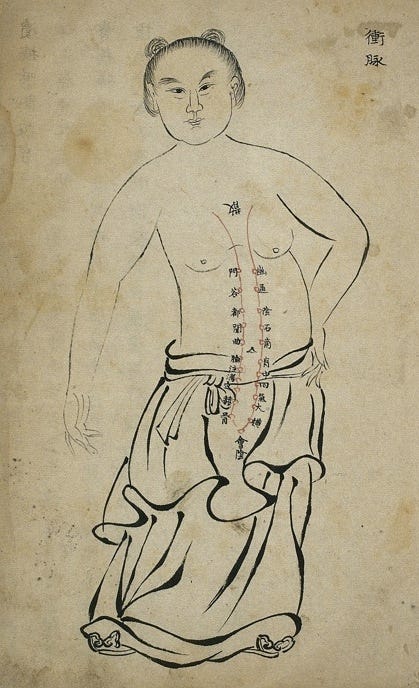This post has been translated from Dutch into English with DeepL. It will be manually edited and streamlined soon.
It takes a village to raise a child. But yes, a village, come to think of it. Of endless outdoor play, only the football cage remains. Before we realised it, the old familiar world had turned into a vast city, where everyone does their own thing. A childhood life surrounded by the variety of generations and ages was exchanged for growing up in a defined and single-minded family. Family, the homes of neighbours you could walk right in to, shopkeeper, postman and school teacher, a running troop of children - it was all taken for granted and seemed of little importance, until it just evaporated into a sentimental memory, and then terribly missed.
And just when it seems there is no one left from that village circle, there are the grandparents. If you are lucky as a child, they live nearby, and you see each other often. No need for a village as a backdrop, the wonderful age difference between children and grandparents is the crux. Where the stress of everyday life plays tricks on dads and mums and they often postpone the enjoyment of the wonder of children and push that into the future, grandpas and grandmas are free and available.
Samen naar de apies kijken, samen naar het strand
En als je geluk had ging je samen naar de brand
Samen op het ijs en met een sleetje in de sneeuw
Leuwentemmer spelen en m’n opa was de leeuw
Altijd als we samen waren hadden we plezier
Stierenvechter spelen en m’n opa was de stier
Mijn Opa - Annie MG Schmidt
Are grandmothers and grandfathers the last, remarkably, they were also the first to shape the 'extended family'. Long before humans started living in villages, roaming around in groups as hunters and gatherers. The role of grandmothers in assisting raising little ones in those prehistoric times has been the subject of debate, culminating in the formulation of the ‘Grandmother Hypothesis’.
First of all, the scientific mind wonders about the biological reasons why a woman, no longer able to bear a child herself, still lives for so many years after menopause. After all, nature is relentless, and does not like loose ends. Sweet grannies baking apple pie and reading stories to grandchildren hardly fit into serious evolutionary reasoning. But common sense immediately understands how logical and welcome grandma's contribution was within primal families - yes, crucial for the smallest children to survive the first vulnerable years.
Within the aforementioned hypothesis, there was no role for grandfathers. After all, they remained and remain fertile until an advanced age, a fact that did not give rise to any evolutionary suspicion as in the case of grandmothers. But be that as it may, both grandfathers and grandmothers did need to be fit enough at their age to be an active part of the circle that surrounded small children. Harvard professor Daniel Lieberman therefore suggests the ‘Active Grandparents Theory’.
What stands between a grandfather and a grandson, between a grandmother and a granddaughter, is the hinge of time. Where one looks forward and claims the future, the other leans back after the effort is done, filled with life experience and memories.
I don't need to ask you to walk forward a bit and observe how your immediate surroundings seem to be slowly approaching you. That is everyday experience. Perhaps you read the text Observing that I wrote and posted a few months ago? If so, you may remember the clip of the train driver's field of vision. The future thundered in unimpeded through the locomotive's windscreen.
And now walk backwards for a bit. You will see that the immediate surroundings recede. In the Observation article, this sensory experience was underlined and magnified by a clip filmed through the window at the rear of the train's rear carriage. The landscape slips away, the past disappears.
Walk forward. The foot rolls off. And it is from the forefoot and toes that you make the move forward.
Then walk backwards. The foot rolls off, but now starting at the toes, then the forefoot, the midfoot and finally the heel. Walking backwards plants the heel firmly into the ground.
On the inside of the foot lies a special acupuncture point. It marks the geographical centre of the foot, midway between the forefoot and toes, and the heel. It belongs to the no man's land between the forward and backward movements. It marks the hairline line between the infinity ahead and a similar unlimited space on your backside. The point is the embodiment of the middle of time.
Its name is Gong Sun: 'grandfather and grandson'. I take the liberty of extending the translation to 'grandmother and granddaughter' or simply 'grandparent and grandchild'.
Stand upright with your feet side by side, not in any special way. Look forward, at an object that grabs your attention. Be drawn to it, as if you would like to go there, to take a closer look. Lean forward slightly. The body weight passes Gong Sun and slowly collects in the forefoot and toes. Your body gradually becomes unbalanced and it won't be long until you have to start taking a step towards the aroused interest. Looking forward, desire and curiosity, leaning forward, weight on the forefoot, impatience and imbalance, and the final step. Let all that be symbolised by the life of the grandchild.
A child, absorbed in the game, ready to run away. A football defender or goalkeeper, standing alert in the front foot. A judoka on the mat, ready for action. A runner just before the start. Standing with the weight gathered in the heels, that's not going to be it, you'll be locked.
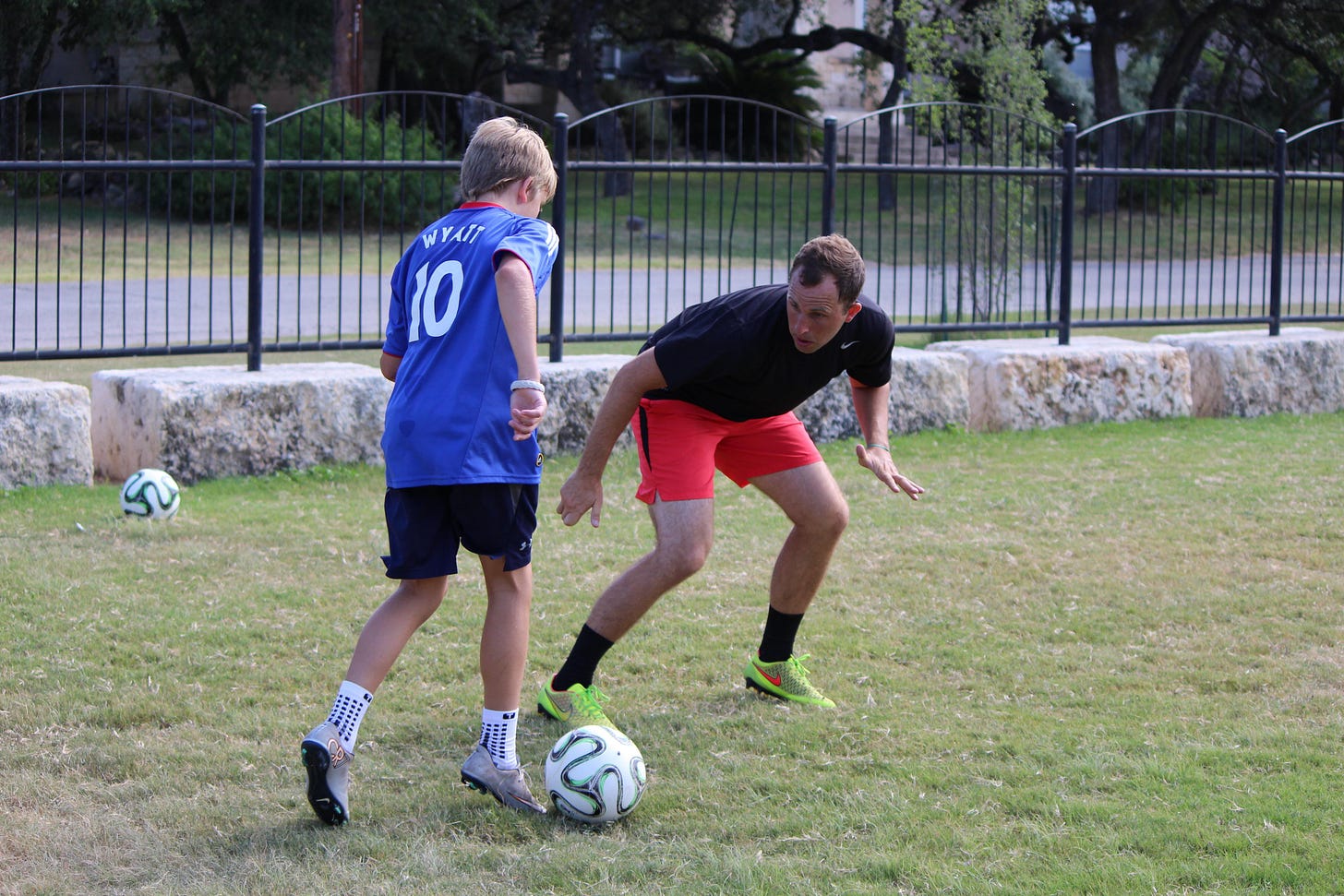
Then stand neutral again. This time with half-closed eyes. Pay no heed to what is in front of you. Forget any curiosity and future. Let the weight of your body flow back to your heels. Take it away from the front feet. Your back is slightly arched. Settle down where you are standing. The attention that first gathered in the areas in front of you and above you, will move to the areas below you and behind you. The high frequency of wanting to be in action and excitement is exchanged for the lower tonal range and calmness that belongs more to the life of grandparents.
Is it nonsensical to conflate the dimensions of time and those of space? Does this go totally against the stern logic of science? Research on a modest scale hints at how a physical activity - in this case walking backwards - does seem to affect a mental factor - short-term memory.
Henry David Thoreau had the dimensions of time and space intertwined when he noted:
… for I lived like the Puri Indians, of whom it is said that ‘for yesterday, today, and tomorrow they have only one word, and they express the variety of meaning by pointing backward for yesterday forward for tomorrow, and overhead for the passing day.’
Now, for a third time. Stand upright and this time distribute your weight accurately across your entire foot. There is pressure in your heels as well as pressure in your forefeet and toes. Use the location of the Gong Sun point as a balancing point between the two worlds. The intention hidden in this central posture has both a forward and a backward component. The future ahead and the past behind are both in view, and both can be entered.
An important component in practising the Wu Chi posture consists of imagining a balloon that you prevent from dropping on the ground, by holding it with the inside of your knees. Here you need very little inward pressure, as the balloon hardly weighs anything. Holding a balloon will emphasise the inside of the feet. This, combined with distributing body weight between heel and forefoot, will bring the focus of your standing around Gong Sun.
It is mentioned in classical Chinese medical textbooks that Gong Sun is the master point of the Chong Mai, the soft structures in the vertical axis of the body. While the forefoot is connected to the front of the body - including visual perception - and the heel has a connection to the dorsal side of the body, standing with one's weight in Gong Sun directs attention and circulation to the centre of support, the embodiment of the here-and-now.
The 'chi' of 'wu chi' can be translated as 'extreme' or 'polar'. Already standing before you is the infinite space and unlimited possibilities of the future. And behind you the infinite depths of the past. 'Wu' is the negation of, the holding back to enter either of these two extremes. 'Wu chi' refers to the hair-fine line that separates and connects these two worlds: the elusive now-moment.

